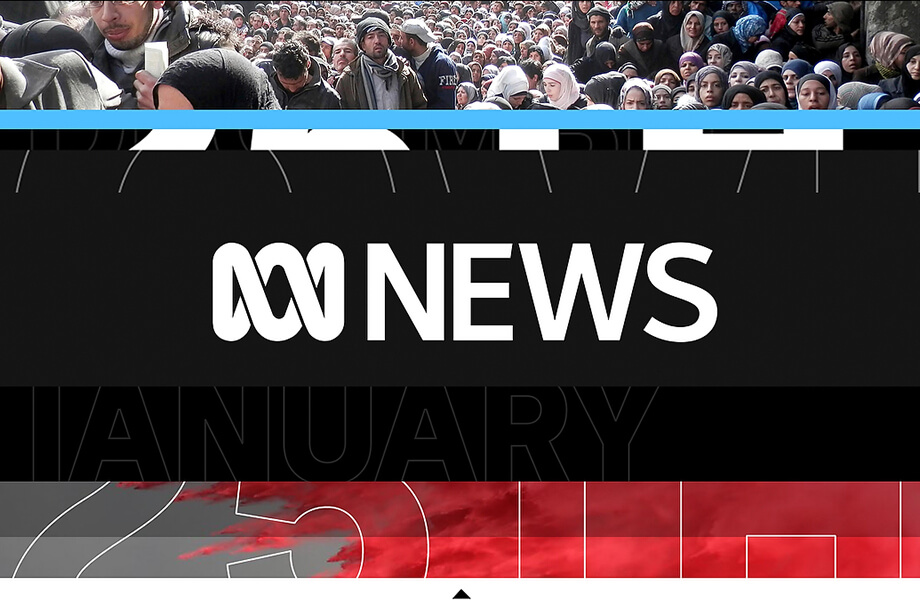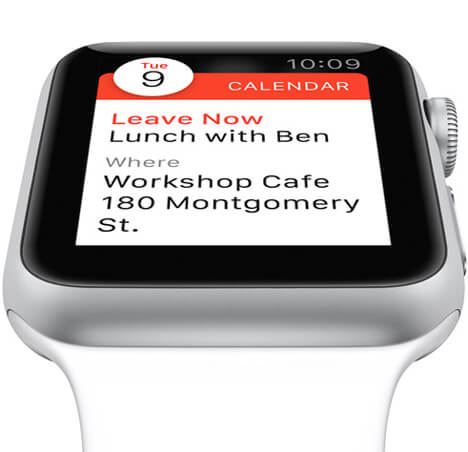First impressions count, and nowhere is this more important or relevant than in branding. When a consumer encounters a brand, one of the first things they notice is the typeface and the message it is communicating. Some typefaces communicate strength, modernity, or creativity – while others offer a more retro, playful, or informal feel.
While there are thousands of pre-existing typefaces to choose from, it is unlikely that any one option will be the best fit for a particular brand. Even if a business does discover a satisfactory typeface, there is always the risk that they’ll have to share it with another business.
Bespoke typefaces are the solution.
To better understand the value of bespoke typefaces in communicating brand identity and indeed brand equity, let’s look at a couple of real-world examples.







